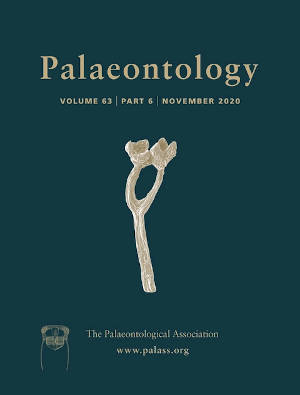Reg. Charity No. 1168330

The Cryogenian Period experienced two long lived global glaciations known as Snowball Earths. While these events were dramatic, eukaryotic life persisted through them, and fossil evidence shows that eukaryotes thrived during the c. 30‐million‐year interlude between the glaciations. Carbonate successions have become an important taphonomic window for this interval. One of the most notable examples is the c. 662–635 Ma Taishir Formation (Tsagaan Olom Group, Zavkhan Terrane, Mongolia) which has yielded a number of eukaryotic fossil taxa. Here, we examine more closely the morphology and taxonomic affinity of some of these Taishir fossils previously interpreted as remains of ciliate tintinnid loricae (purportedly the oldest fossil ciliates). New morphological and ultrastructural analyses indicate that these fossils are not ciliate tintinnids. Instead, we propose a new interpretation: that they are algal reproductive structures related to coeval macroscopic organic warty sheets described as putative red algae. We report the first occurrence of these fossils in the earliest Ediacaran Ol Formation, indicating that this taxon persisted through the Marinoan Snowball Earth. A new interpretation of these fossils as putative red algal spores has broad implications for our understanding of biodiversity in the Neoproterozoic Era, specifically during the Cryogenian Period, and for the antiquity of ciliates.